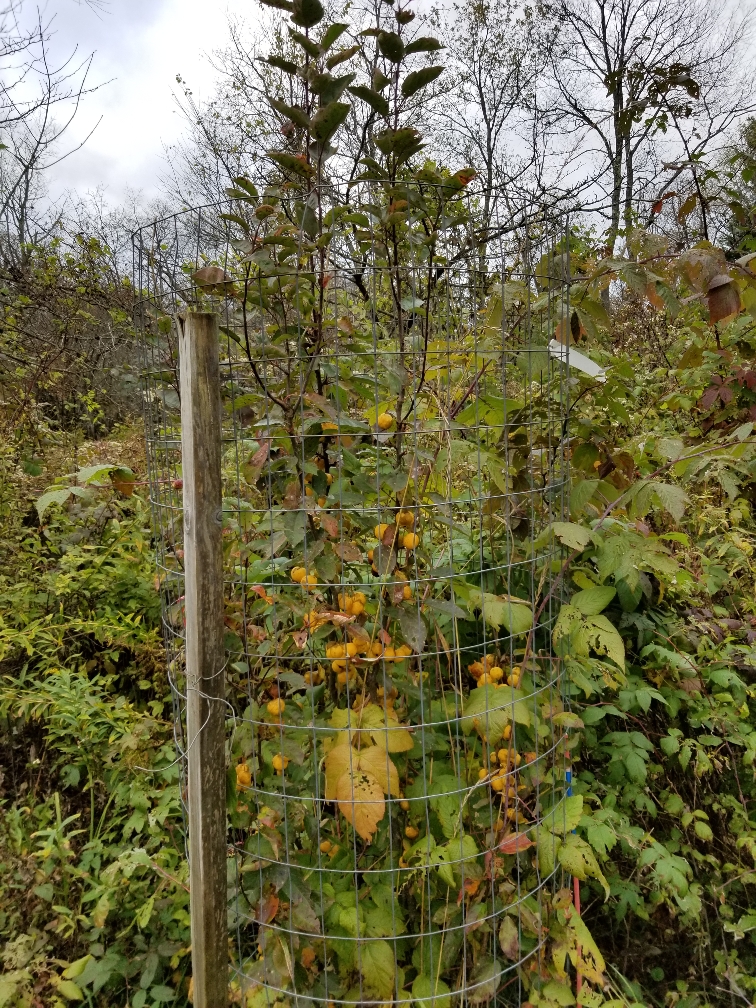Chainsaw
5 year old buck +
Am purchasing fencing for some fruit trees ordered for this spring And have some questions.
1. is 14 gauge 2 inch by 4 inch welded wire a workable choice when using two tall stakes And a spreader stick at the top?
2. I have read on this forum that five feet is the preferred height. Considering that here we sometimes get a two foot snowpack, would maybe six feet high be a better choice for here?
3. Other than a slightly higher cost are there any disadvantages to a six foot high fence Versus a five foot high fence?
thank you.
1. is 14 gauge 2 inch by 4 inch welded wire a workable choice when using two tall stakes And a spreader stick at the top?
2. I have read on this forum that five feet is the preferred height. Considering that here we sometimes get a two foot snowpack, would maybe six feet high be a better choice for here?
3. Other than a slightly higher cost are there any disadvantages to a six foot high fence Versus a five foot high fence?
thank you.






